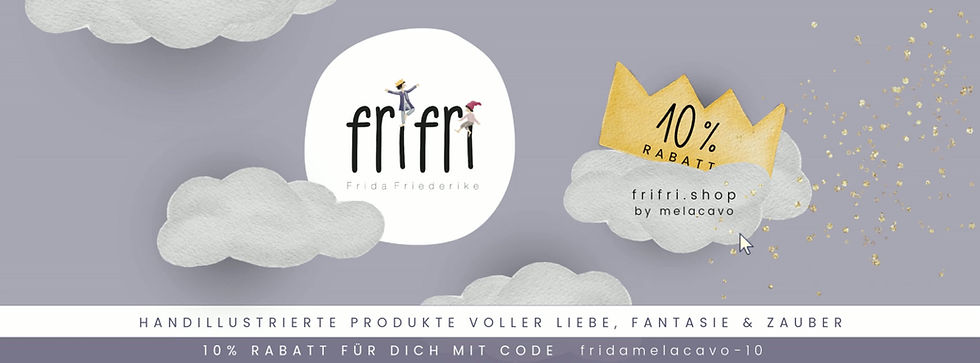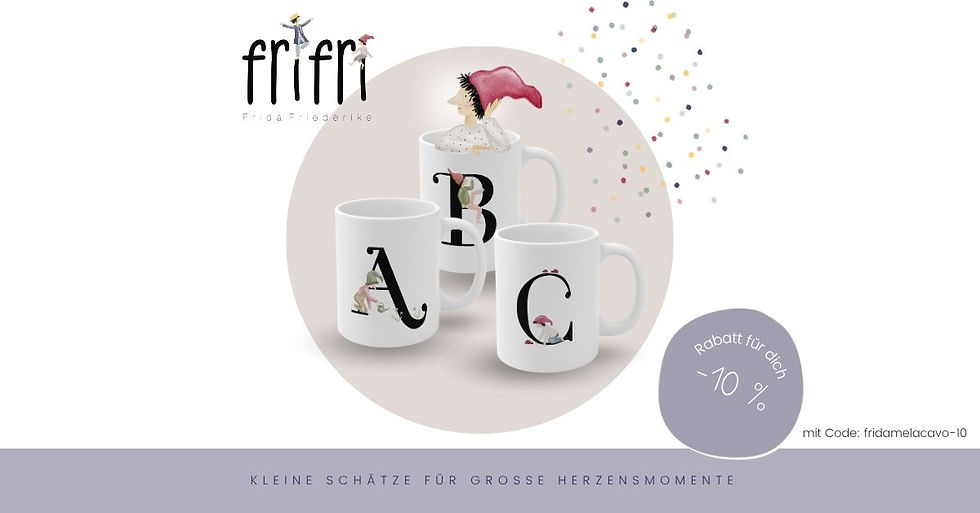Pendant / brooch - goldsmith's work
- melacavo
- Feb 9, 2024
- 5 min read
handcrafted piece of jewelry, a successful blend of modernity and vintage

If you've read anything on my blog, you already know that I'm a lover of aesthetics, originality, uniqueness and homemade or DIY.
In the previous post about finger rings, I already told you how I handmade rings. I realize that my description was not very detailed in terms of how I proceeded step by step, as I talked about different types of rings and therefore different processing methods. Describing them all would be a bit long-winded and boring, both for me, who is writing for you, and for you, who would have to read everything. Even though this is a blog about decorating, homemade, do-it-yourself (DIY), gifts, style, fashion and inspiration, you won't always find the instructions for everything. The good news is that you can always just ask - I'm happy to help if I can.
The second piece of good news is that in this post I'm going to tell you exactly, step by step, how I made this pendant or brooch (I don't know if it's the "right" way to do it, but as you can see, it worked out well).
Since you don't throw anything away, I started with a piece of silver sheet that I had left over from another goldsmith's work. You can alternatively use copper or, of course, gold if you prefer. It was a triangular piece as you can see in the photo. Initially, however, the surface was shiny and the edges a little crooked. Depending on the thickness of the sheet, you can cut it to size with metal shears or - as I did - use a small jeweler's saw to cut it into a triangular (or other) shape according to your wishes. A protractor will help you to work accurately (90°, 60° and 30°) for a symmetrical and elegant shape and a multifunction tool with a tip will help you to mark out the cuts. If the sheet curls in the process, you can then tap it flat again with a small flat hammer along the cut edges.
I carefully sanded and rounded the edges with a fine file. I also gave the corners a rounded shape. The neater you work here, the more flattering and elegant your piece of jewelry will be. It's worth taking the time to finish the edges, corners and surfaces. The look and feel will depend on this later. I curled the sheet a little with round pliers to make the material appear softer. The slightly wavy surface makes the piece of jewelry look more dynamic, random and elegant.
The next step is to finish the surface: I used fine sandpaper (you can find a whole set of different grit sizes here) to give the sheet metal a satin finish. Depending on the desired texture, a small router with different attachments (which I can recommend anyway, as it is always useful to have one in the house for all sorts of things) is also very helpful and achieves beautiful textures.
Now you need a strip of thin silver sheet (or copper or gold sheet) about 3-4 mm wide. Carefully bend the strip into the shape of the object you want to frame. My brooch is decorated with a piece of ebony, also in a triangular shape. This strip will later become the setting - you can also set gemstones, glass stones or other objects in this way. Make sure that the strip is slightly wider than the height of the object to be set so that it can then be held by it.
Soldering is not difficult if you have the right tools. For soldering you need
a soldering plate for goldsmiths
Silver solder (cut into small pieces approx. 1 mm x 1 mm)
Tweezers for jewelry making
acid bath
The edges that are to be soldered together or to each other must be as close and exactly next to each other as possible. The process sounds more complicated than it actually is. First, close the ring of the setting by placing a piece of silver solder under the seam, dripping some solder paste onto it and along the seam to be soldered and carefully heating the ring made of silver sheet with a flame. The silver solder is then suddenly drawn in by the capillary action and closes the seam. After dipping in water to cool down and some time in an acid bath to reduce the material oxidized under the flame, the seam can now be sanded down with a file and fine sandpaper until it is barely noticeable. The edges are also filed again so that there are no more sharp edges. Careful work pays off here too.
Now it is a good idea to place the setting once again around the object to be set - in my case around the ebony piece - and adjust it very precisely to its shape so that the setting encloses it effortlessly. The empty setting (without wood or stone) is then placed on the silver plate of the pendant. It should lie flat at all points so that the soldering works. This time you need more than just a piece of silver solder. It is best to place several (depending on the size of the setting) about 1 cm apart under the setting and apply solder paste to the seam. This time, the entire pendant is heated with the flame and if everything goes well, all the solder melts and joins the setting to the base. Depending on the situation, it can be helpful to fix the setting in position with tweezers so that it does not slip during the soldering process. The piece of jewelry is then placed in the water bath again and then in the acid bath. Any solder residue can be carefully removed with some sandpaper or a small milling cutter.
In the same way, I soldered the small set Svarowski stone and a silver wire bent into a semicircle from behind to the pendant as a suspension.
Now the piece of wood (or your stone) can be placed in its setting. Using a small tool and a hammer, carefully bend the upper edge over the piece of wood (or stone) so that the setting encloses the wood.
Now you can touch up any small surface defects or sand the edges if you like - the work is basically done and your pendant is finished.
I can imagine that all this may seem very laborious and complicated, but I assure you that even if it takes a while, it is quite simple, relaxing and very satisfying in the end.
On a necklace, the piece of jewelry is a real eye-catcher as a pendant. If you want to wear it as a brooch, you can either solder a brooch pin directly to the back or, like me, attach a pin to the back of the hanger if necessary - so you have two pieces of jewelry in one that always adapts to your needs :-)
Feel free to ask me what you want to know, rely on the advice of your trusted goldsmith or sign up for a goldsmithing course in your area! It's a great opportunity to spend time with something different, learn something new, meet other people with similar interests and create beautiful, unique pieces of personal jewelry for yourself or to give as a gift. The jewelry you create is sure to bring you joy for a long time and accompany you through life for many years to come. Without exception, this is how I feel about all the goldsmithing work I have done so far. If you have any doubts or are curious, please contact me without hesitation. I look forward to hearing from you! A hug and see you soon!















Comments